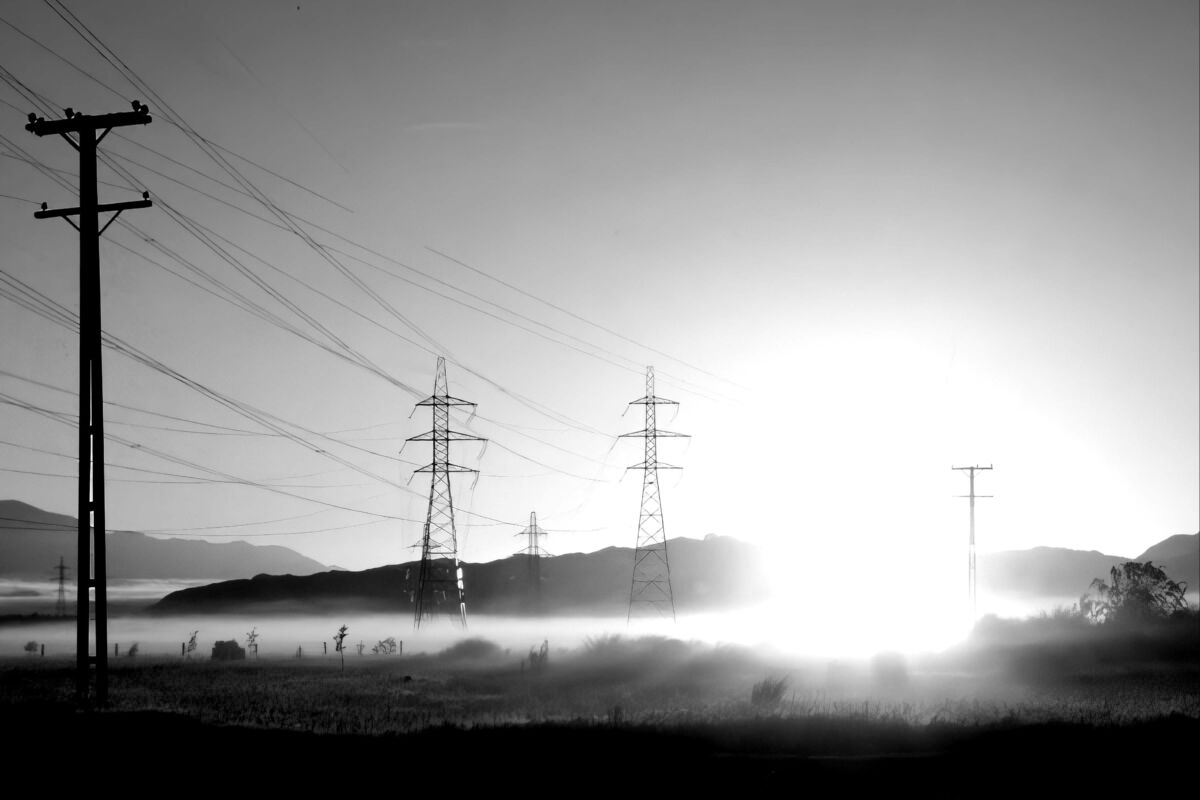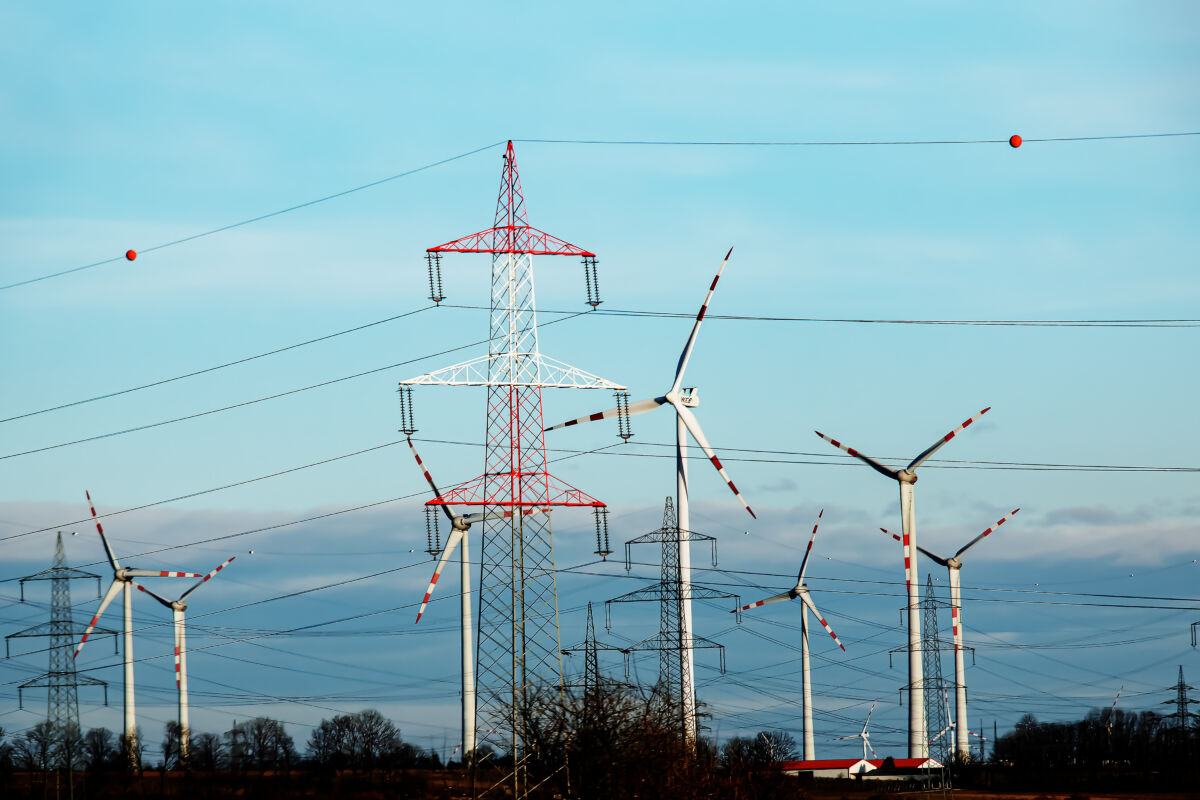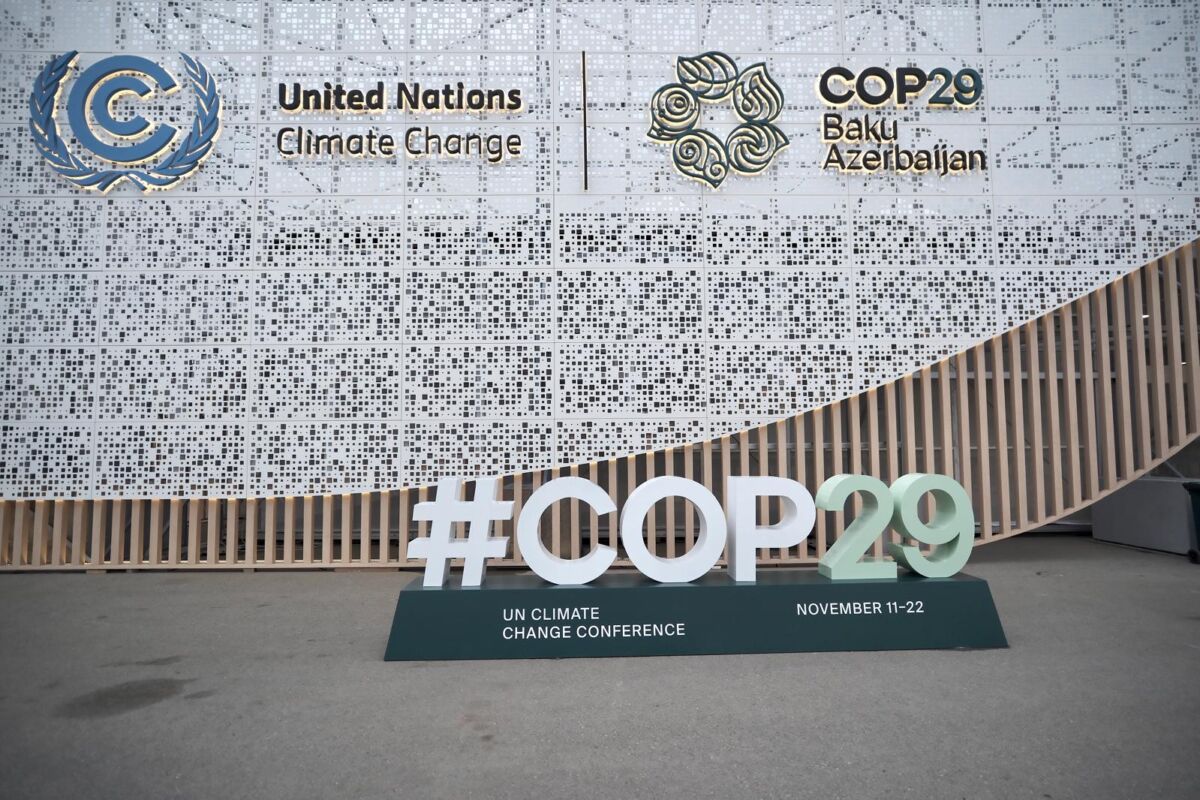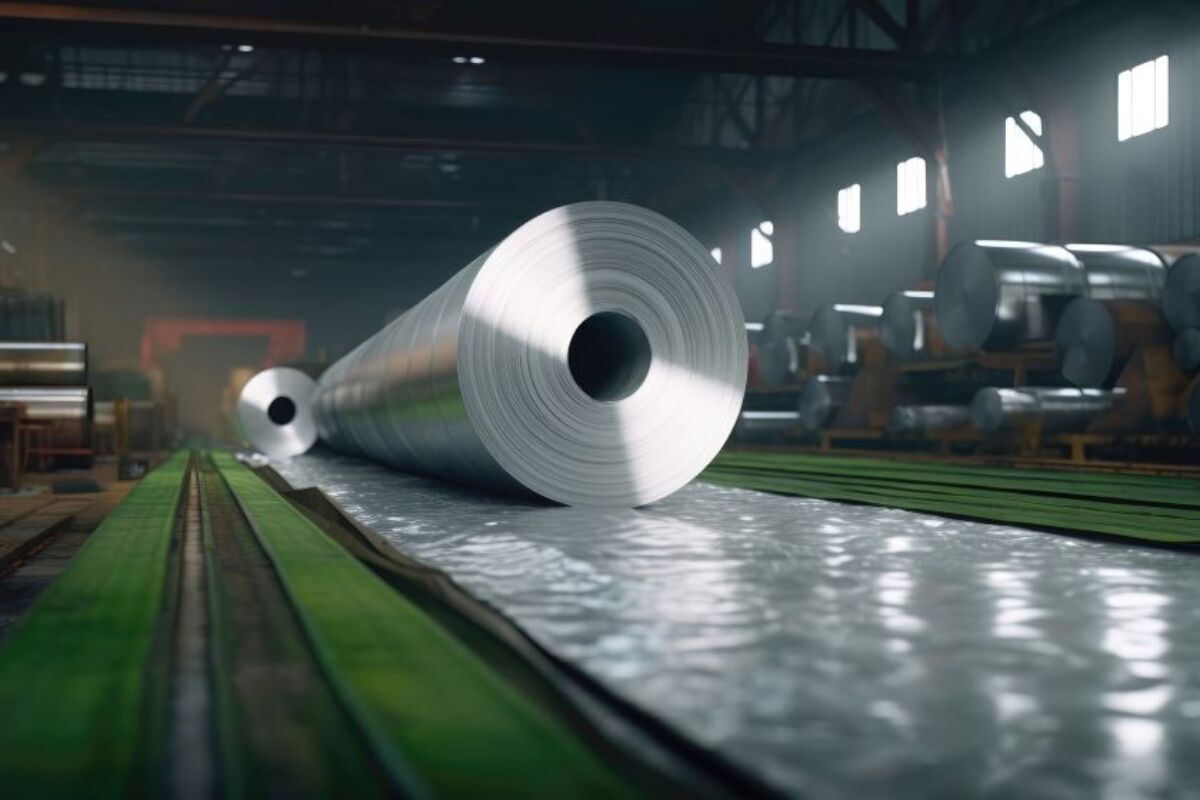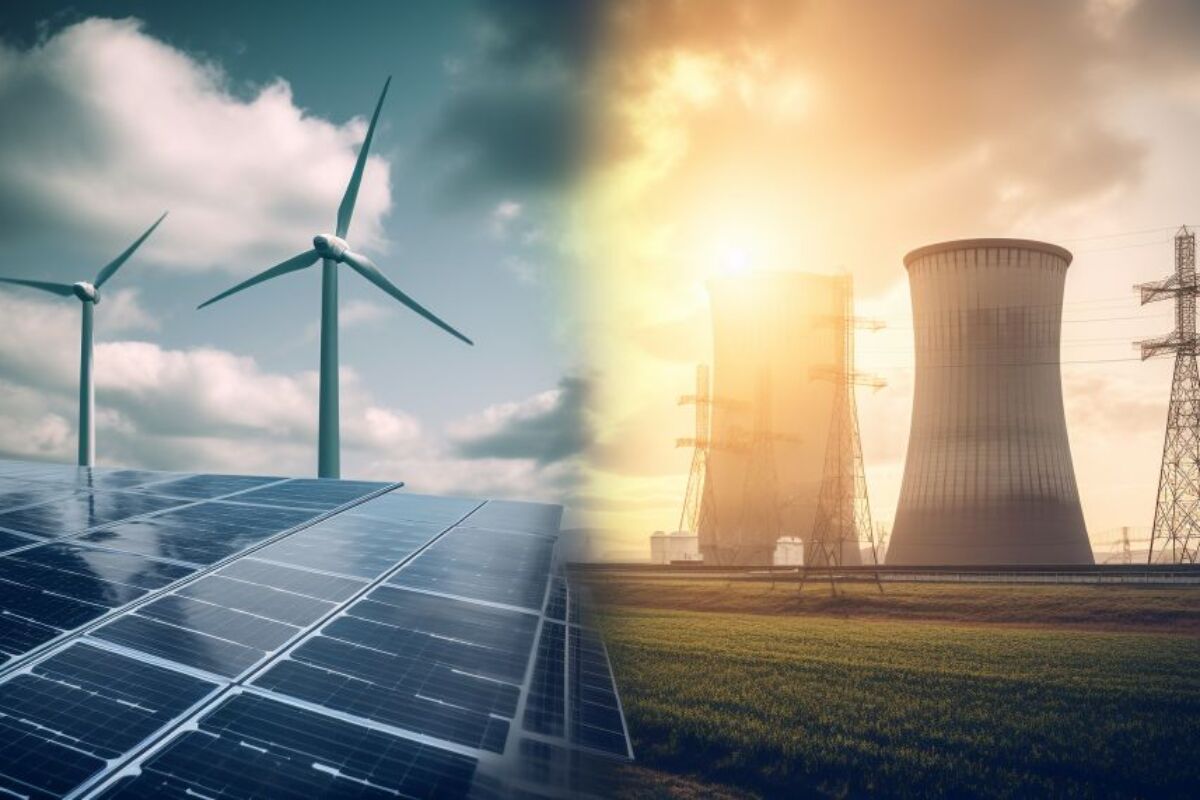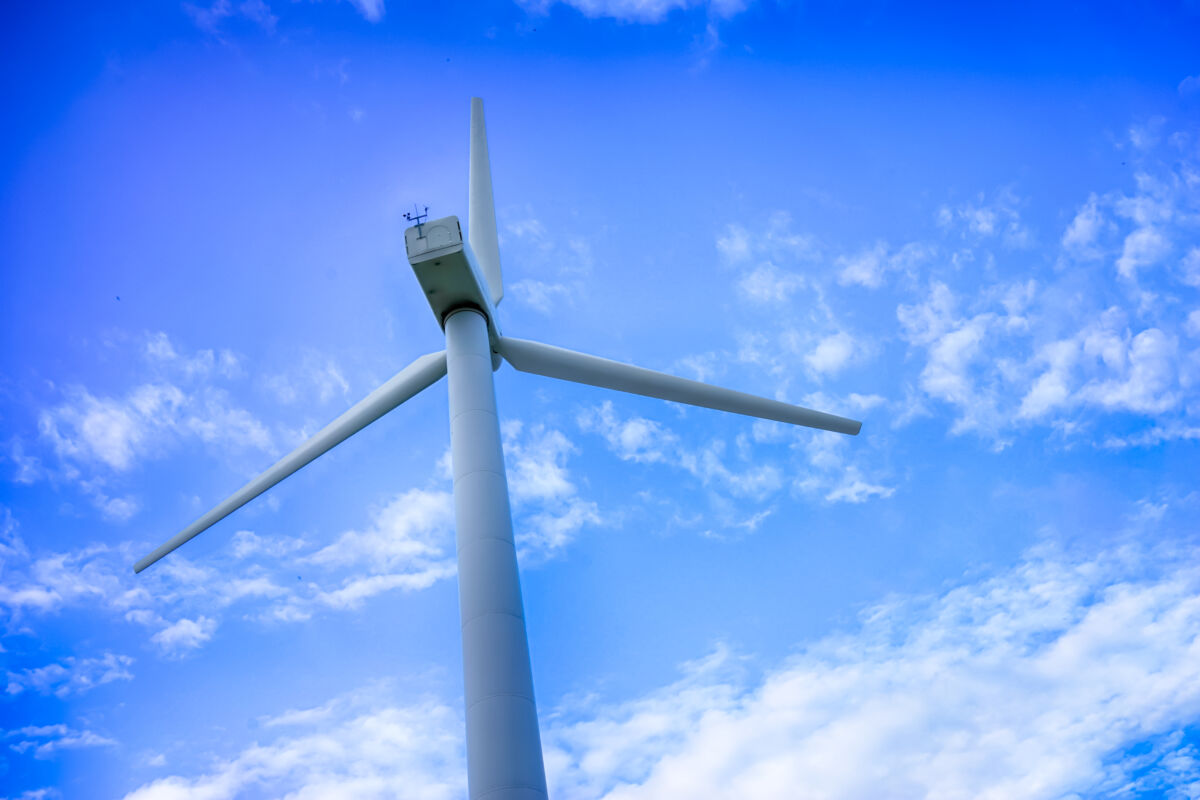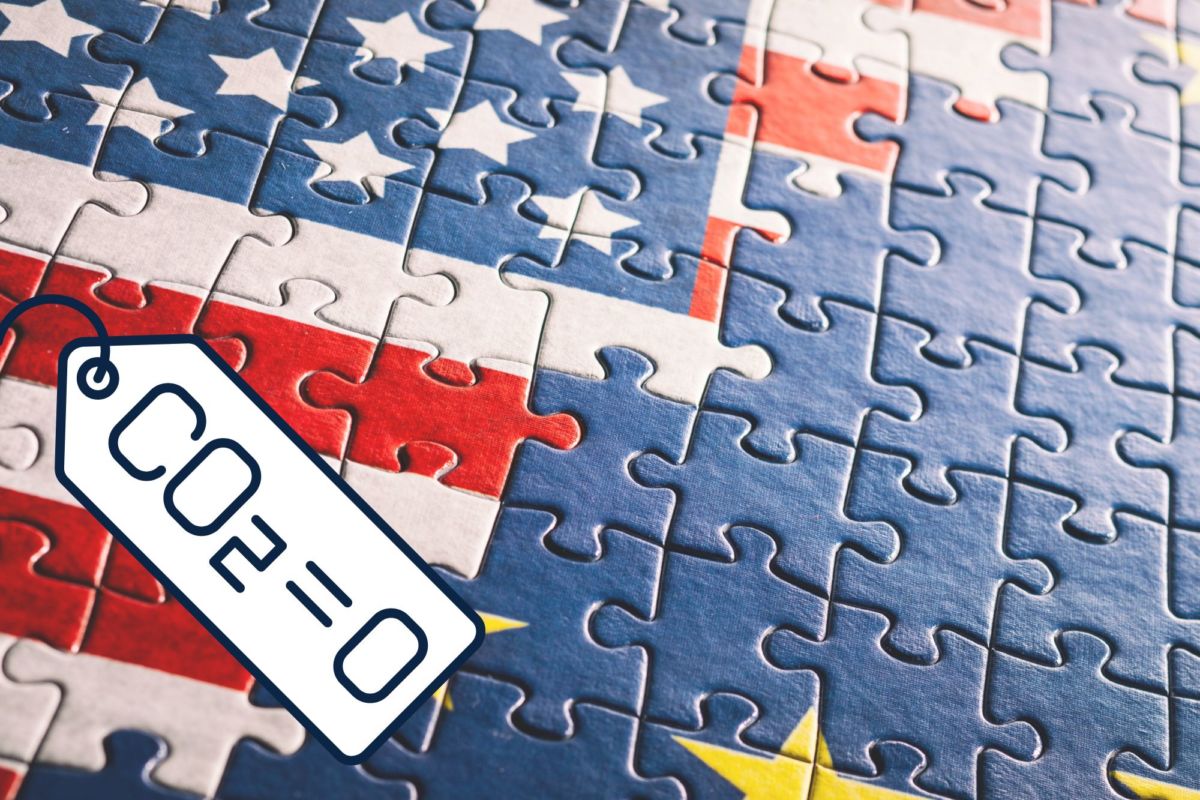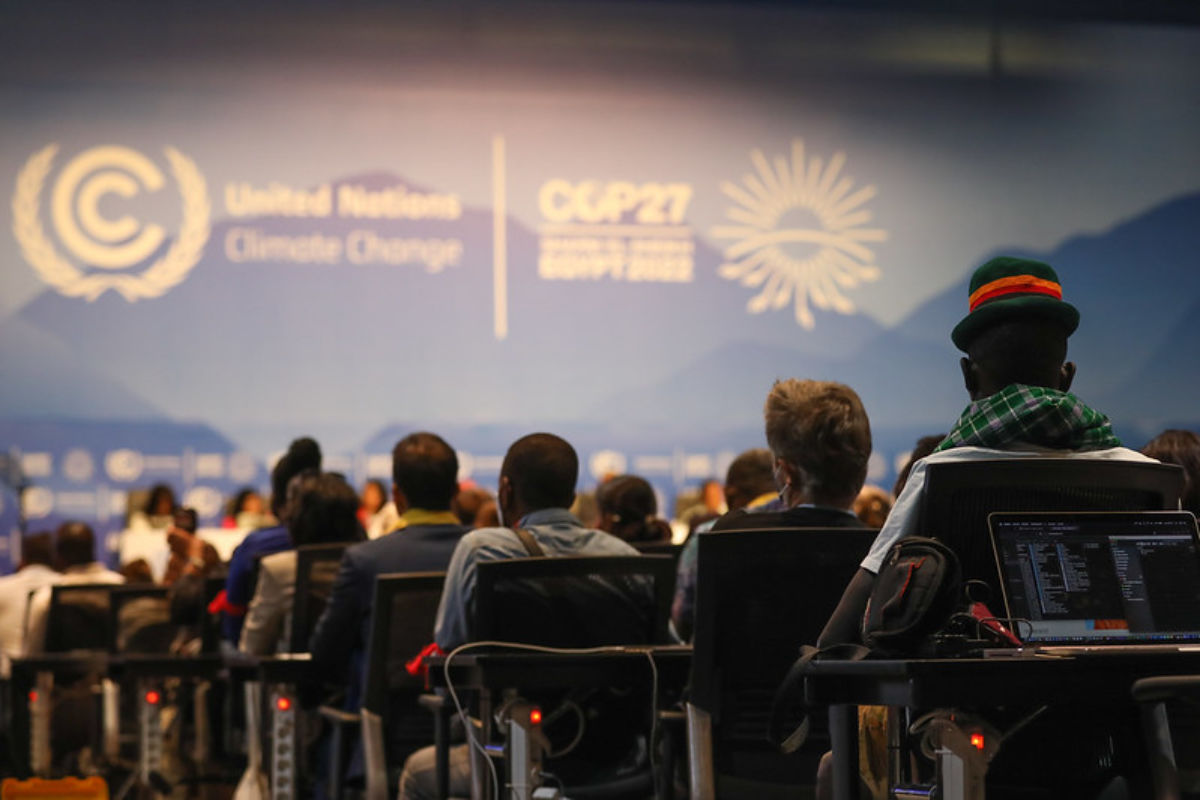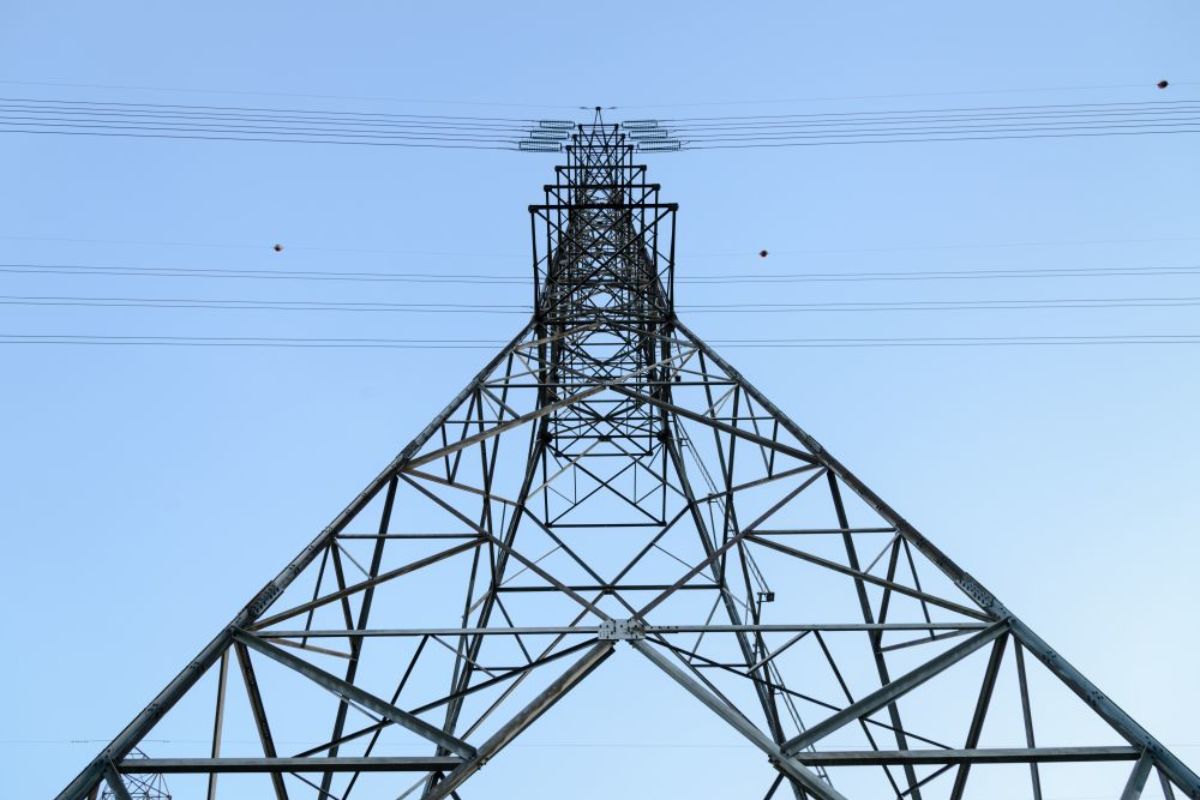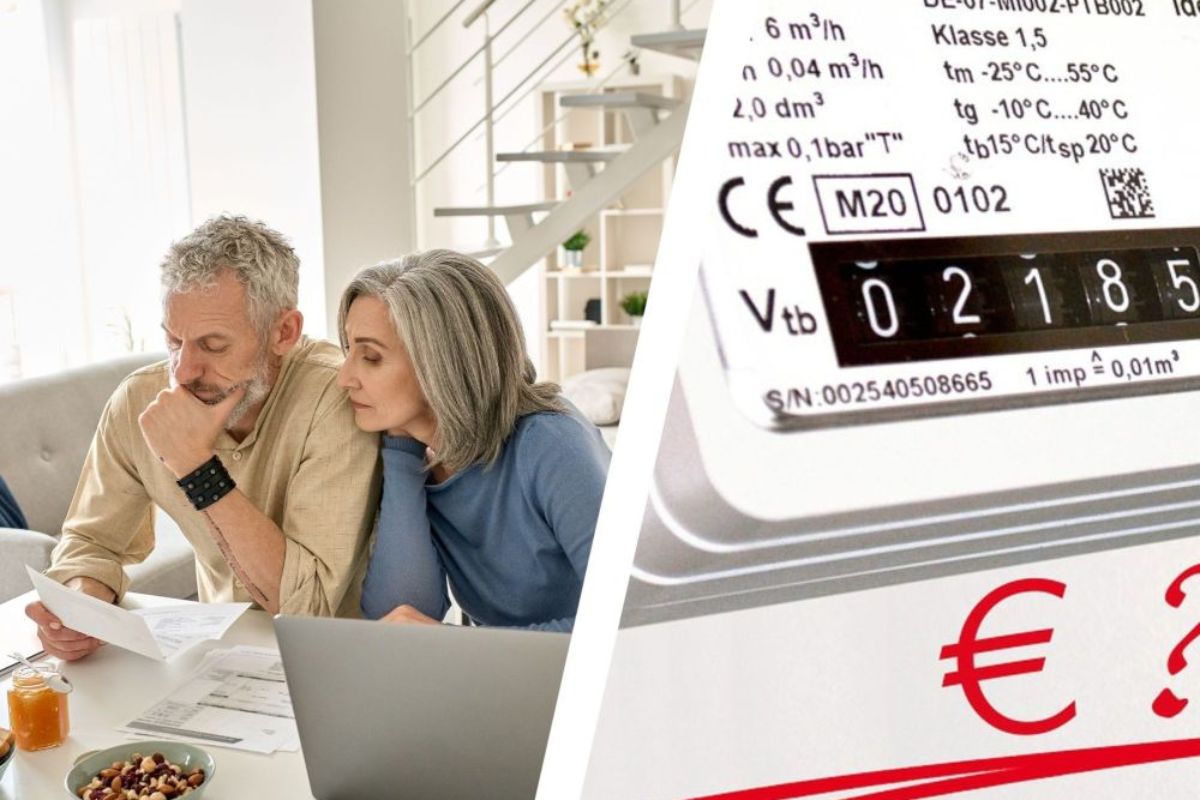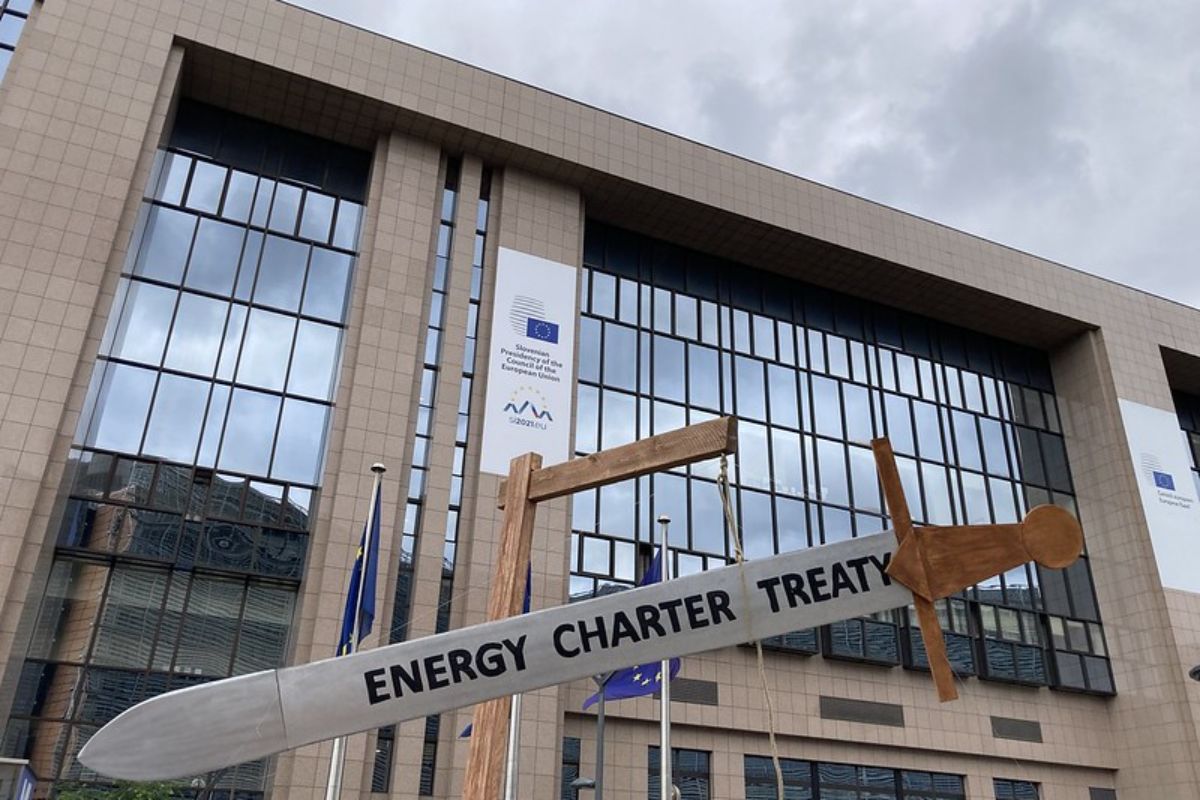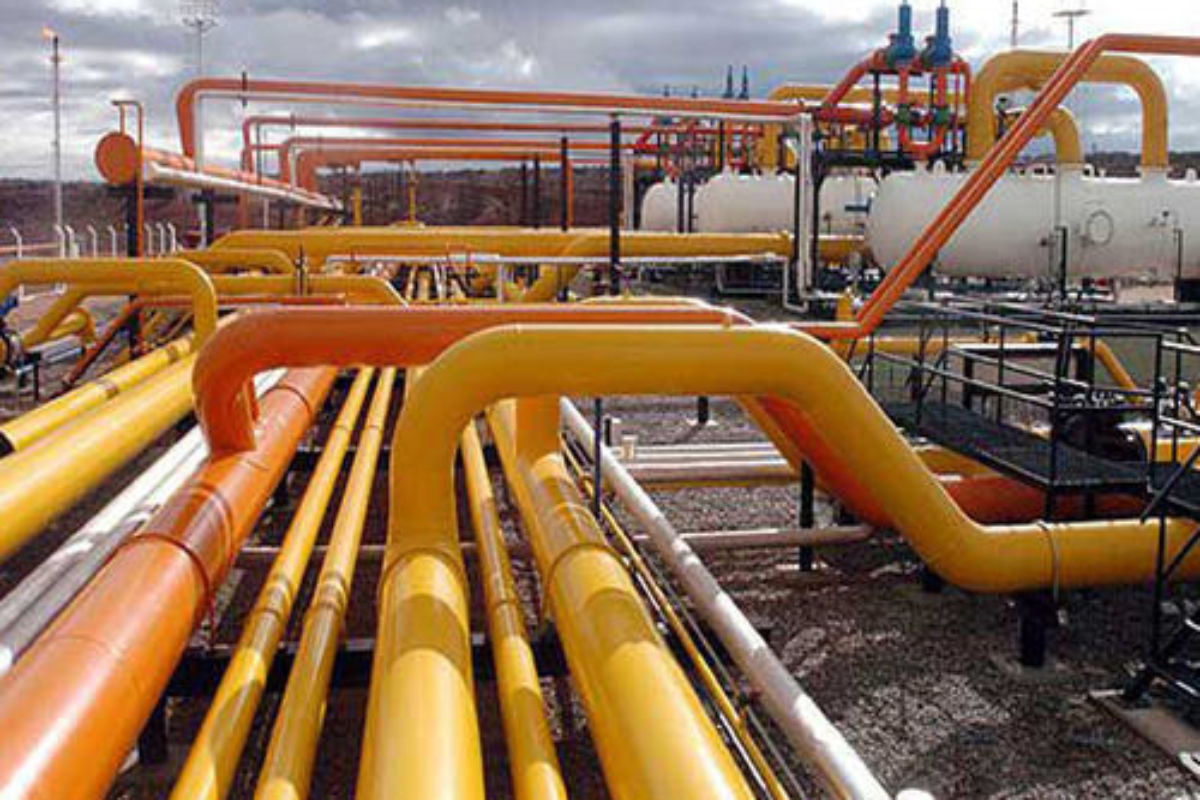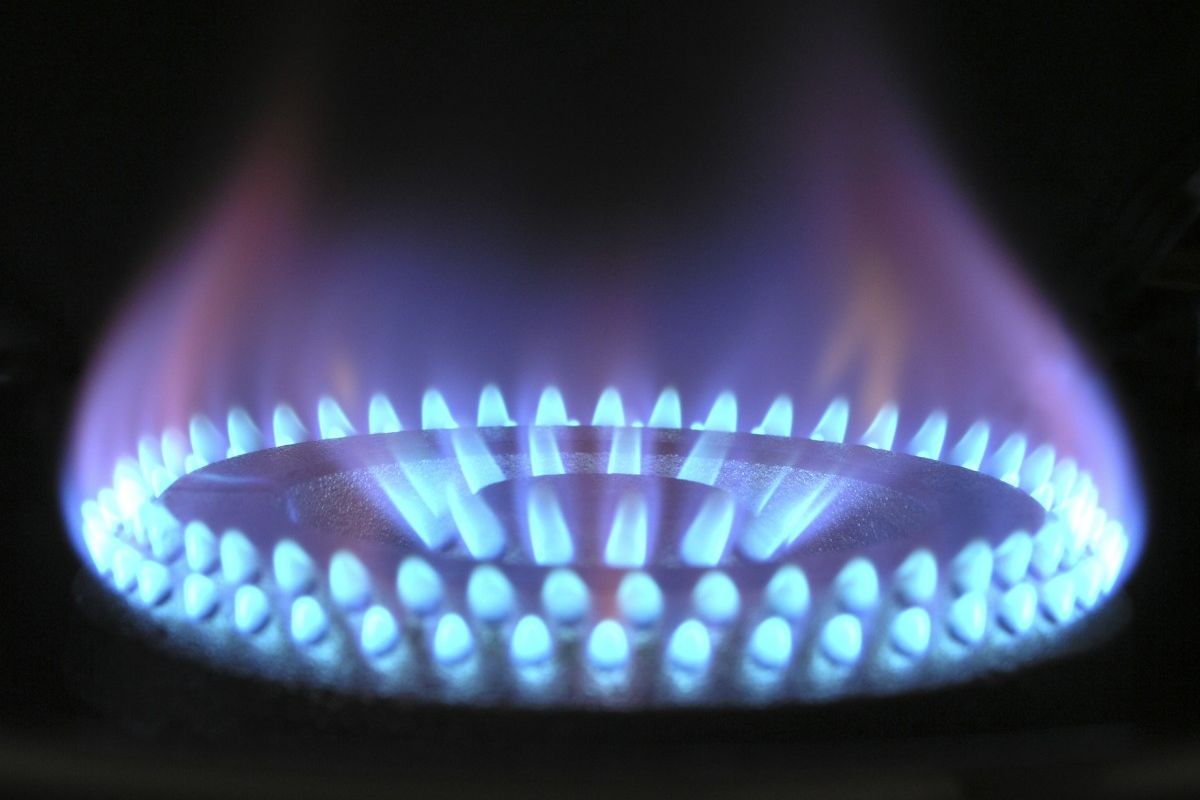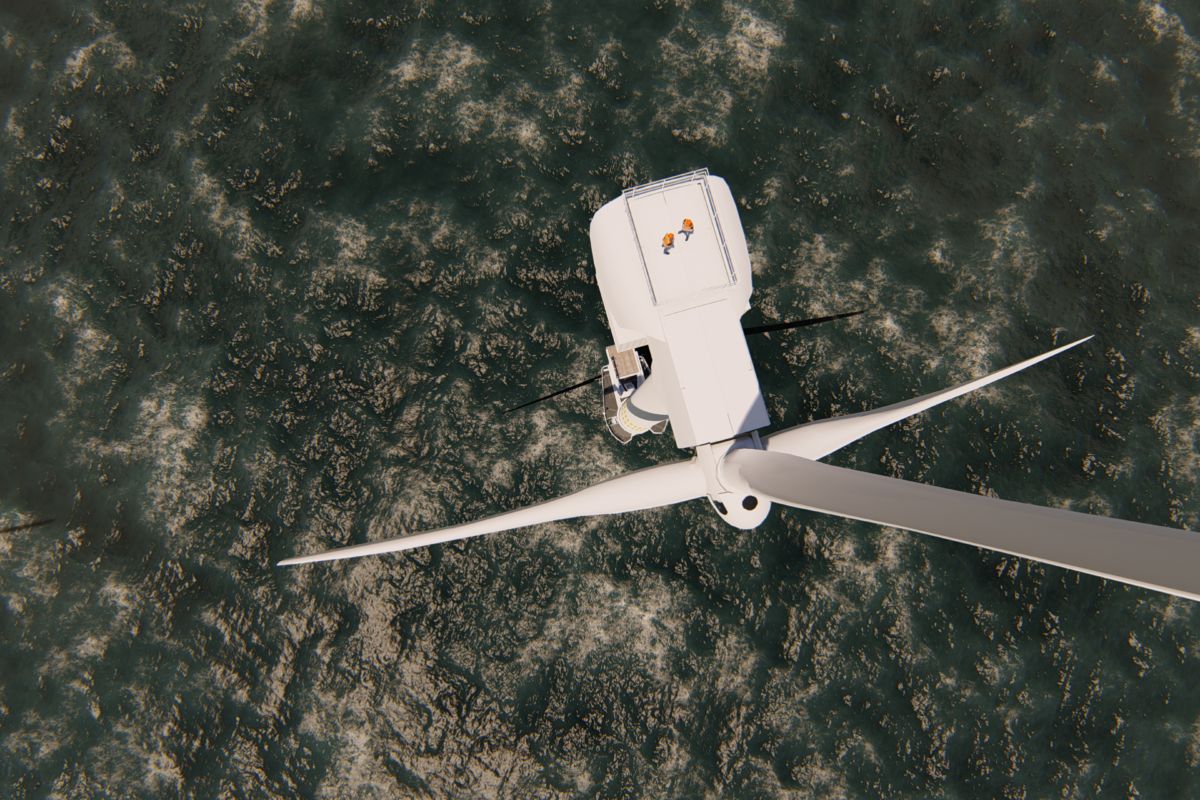The proposed Net-Zero Industry Act (NZIA) – one of three policy proposals constituting the EU’s Green Deal Industrial Plan, together with the Critical Raw Materials Act and a revised state aid framework – was an eagerly anticipated piece of legislation. However, ‘industry’ can mean many things to many different people.
Across both the Atlantic and Pacific, concerns about competitiveness, resilience, and the desire to have home-grown ‘cleantech’ industrial capacity have resulted in increasingly muscular industrial policies. And yet, the net-zero targets that (most) advanced economies have signed up to require policies for industrial decarbonisation.
The NZIA is more about increasing domestic capacity for ‘cleantech’ than for accelerating the transformation of energy-intensive industries towards climate neutrality. Some parts of the Act certainly do affect heavy industries. However, the NZIA’s single market harmonisation approach does not fill the cost gap to support the deployment of low-carbon industrial products.
A kneejerk reaction to the US?
One could argue that the EU’s new industrial policy vigour is a response to the American Inflation Reduction Act (IRA). Some European officials may deny this, arguing that several Member States (and parts of the Commission) have long wanted a more extensive EU industrial policy – if only to support European competitiveness and ‘strategic autonomy’ in increasingly testy geo-economic waters.
Be that as it may, it isn’t credible to pretend that we would have these proposals without the shock and awe triggered by Washington’s generous subsidies. Throughout the winter, how the EU should respond to the IRA was a question so salient and sensitive that only Russia’s ongoing war against Ukraine could compete for attention.
If a policy response to America’s fiscal largesse was always inevitable, an in-kind response was equally hard to imagine. The EU’s policymaking strengths lie not in those areas where the IRA excels – simple, transparent, uncapped production and investment tax credits injected directly into cleantech projects. The EU, lacking a common fiscal policy, the legal competence, and the deep pockets of the world’s largest economy, was always bound to come up with a bespoke strategy fit for its own political economy – as well it should.
Indeed, the EU’s own climate policies remain far more comprehensive (including a nearly EUR 100/tonne ‘stick’) than those found across the pond. But this doesn’t mean that the EU can’t learn from the US approach.
Indeed, the starkest – albeit unsurprising – difference between the NZIA and IRA is that the EU’s proposal doesn’t come with any dedicated additional budget. The legal base is the Treaty’s Art 114 on the ‘approximation of laws’, for decades a tried and tested way to pursue deeper integration in the EU’s internal market.
An ambitious set of provisions
The proposal consists of several provisions to streamline regulatory aspects of the energy transition, including permitting, access to finance, regulatory sandboxes and the rules on procurement.
Some provisions are farther-reaching though and lean into a more command-and-control industrial policy. The most eye-catching is a general target of 40 % for the EU’s manufacturing capacity of ‘strategic net-zero technologies’ for the annual deployment needs necessary to reach the EU’s -55 % emissions reduction target for 2030. There are eight strategic net-zero technologies, but like the rest of the NZIA, this list is currently just a proposal and might later be amended.
Another notable proposal is a target to ensure 50 million tonnes of CO2 storage capacity by 2030. In itself, this target may not seem radical but fossil fuel producers are assigned responsibility for stumping up the financing. This puts a major party responsible for aggregate GHG emissions in charge of funding the infrastructure to deal with captured CO2.
Besides being a novel way to give real-world meaning to the EU’s ‘polluter-pays’ principle, this can also be seen as an incipient step towards ‘producer responsibility’, sometimes applied to waste management.
Nonetheless, the CO2 storage proposal is good news for industrial decarbonisation. CCS can be used to reduce emissions in many energy-intensive industries, including cement and steel. The CCS value chain involves different operators and business models for CO2 capture, transport, and storage. Forcing the development of storage sites, as the NZIA proposes, avoids a conundrum where potential companies wanting to capture emissions have to wait for the storage sites to become operational – and vice versa.
Alongside CCS, hydrogen is also important for industrial decarbonisation. But hydrogen is often not the most attractive option. If direct electrification is possible, this tends to be a more energy efficient solution and thus the strategic technology list should be expanded to include industrial electrification technologies.
It all comes back to financing…
The NZIA regulatory proposals can undoubtedly address some of the bottlenecks in deploying low-carbon technologies.
But it’s still unclear how the Commission wants to meet the 40 % manufacturing targets. It will depend on Member States enthusiastically implementing the rapid roll-out and assessment of permits and projects, but also their willingness to loosen the purse strings. Legislators will also need to weigh up if massive import substitution risks increasing the overall costs of the energy transition.
In contrast to the US – with its ‘all-carrot’ de-risking approach – the EU’s industrial strategy still lacks the cash to support continuous cleantech deployment, unless offered up by Member States as state aid. While vast amounts of money are available at EU level, especially from the EU’s Recovery and Resilience Funds, this money is not made available in such a way that it improves the ‘per-unit’ deployment costs of a ‘cleantech’ product, in contrast to IRA tax credits.
If Member States have more flexibility to shape industrial policy design in a way that directly improves the cleantech business case, financing green industrial policy cannot be seen as separate from reforming the EU’s fiscal framework. How deep (or how willing) Member States’ pockets are to provide state aid varies significantly across the 27 Member States. Consequently, concerns about the internal market’s integrity or the ‘level-playing field’ may intensify, even as the EU pursues a more harmonised regulatory framework to support net-zero technologies.
Ultimately, the market determines the true extent to which Member States can deploy debt to support industries. This limits the potential of proposals that would exempt certain types of ‘green’ spending.
Instead, rather than focusing on expanding the amount of European funding available, a greater focus on predictability and simplicity when allocating existing money could yield much greater dividends for European low-carbon competitiveness.


